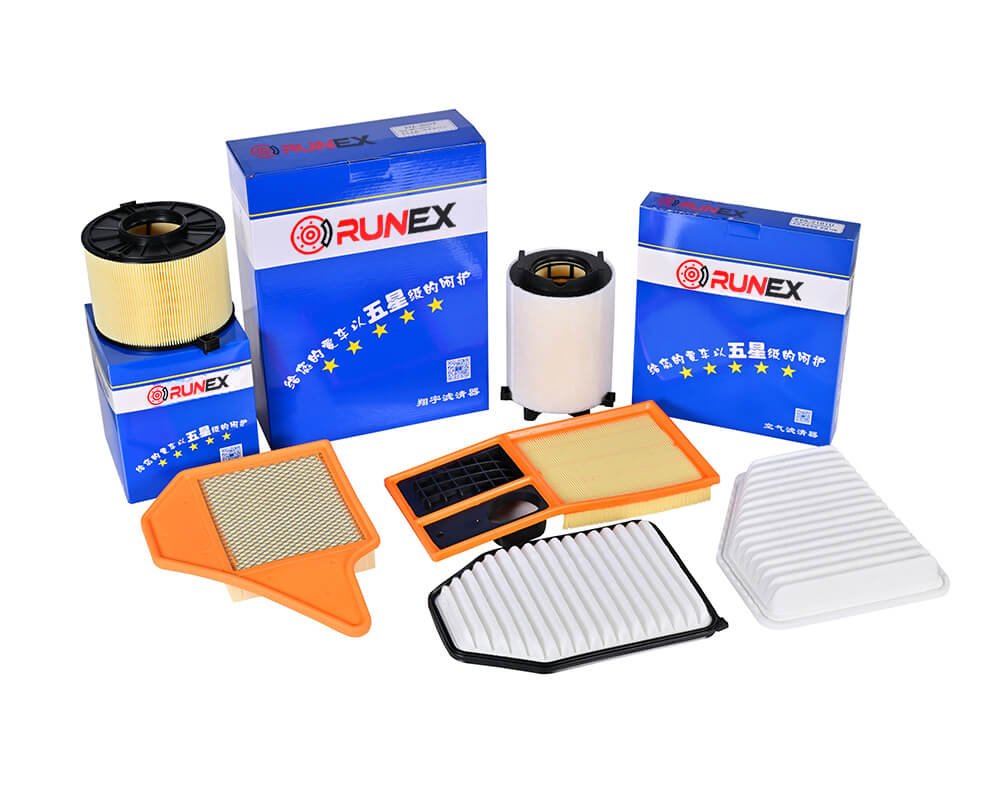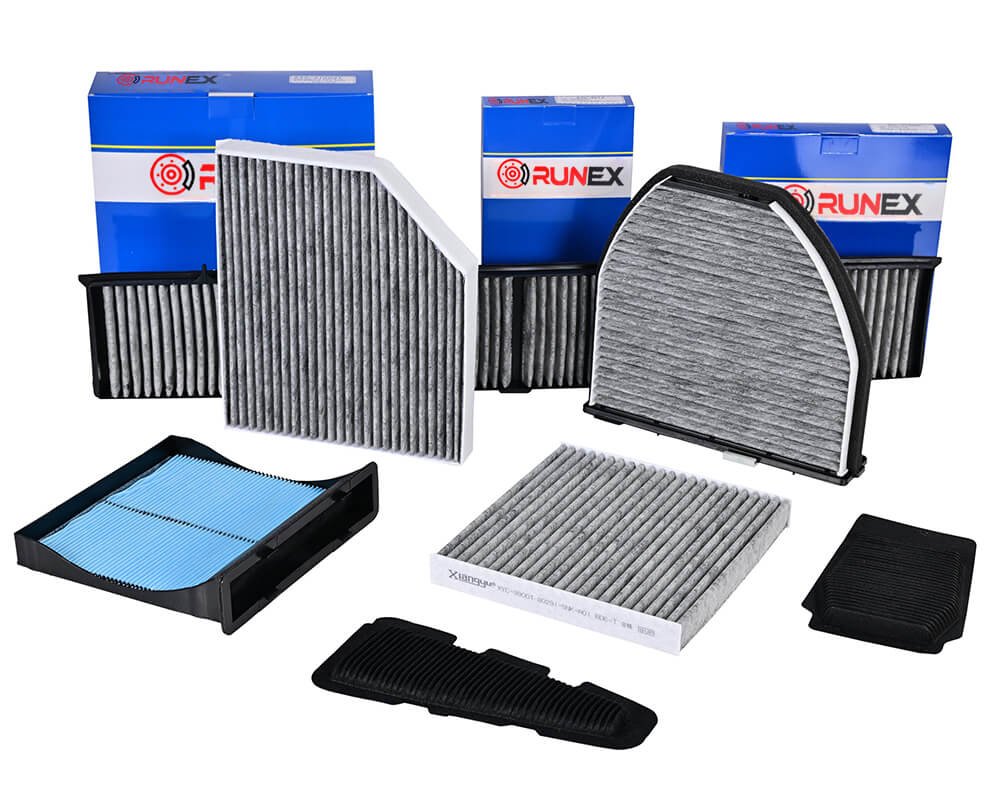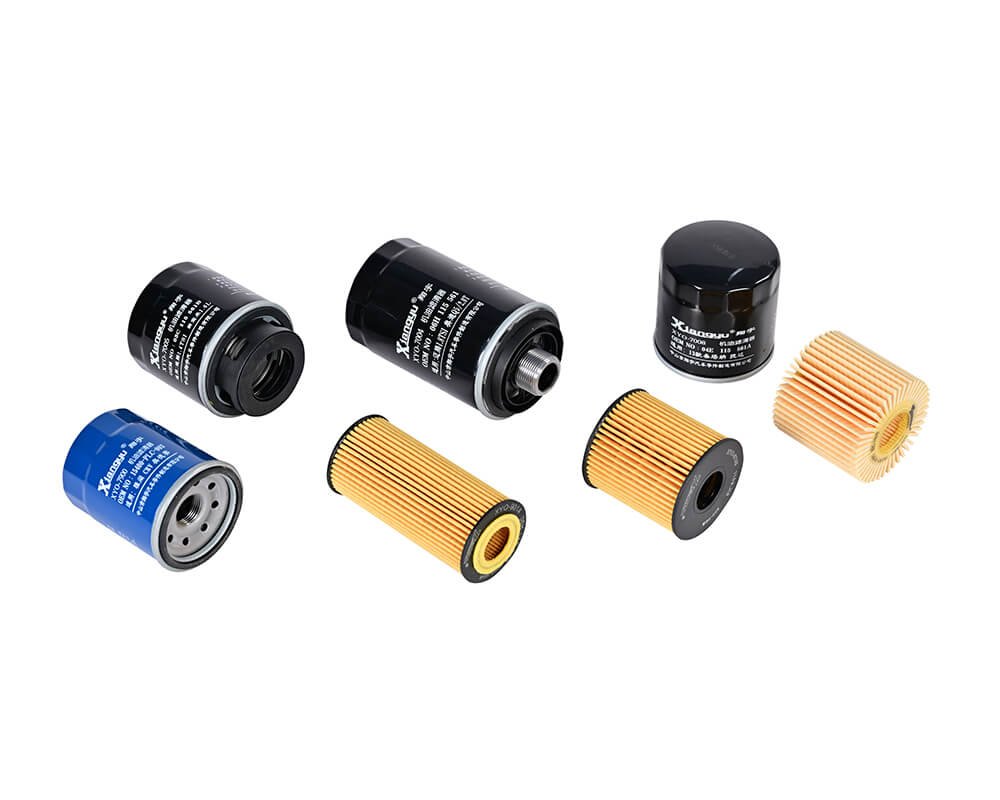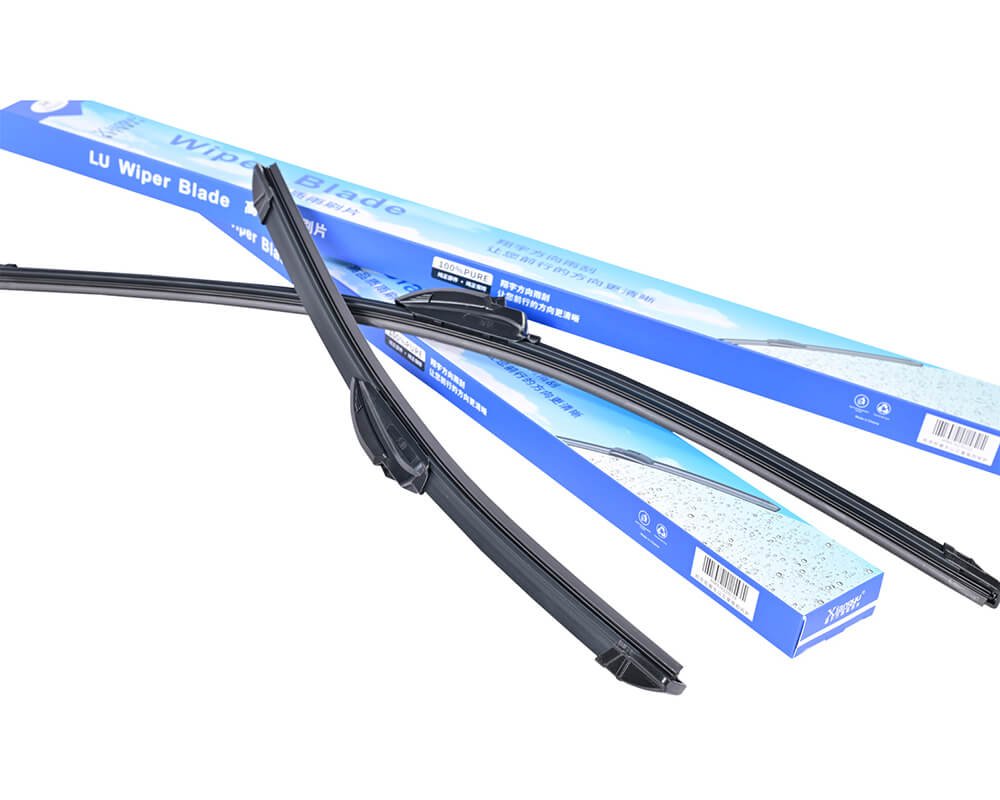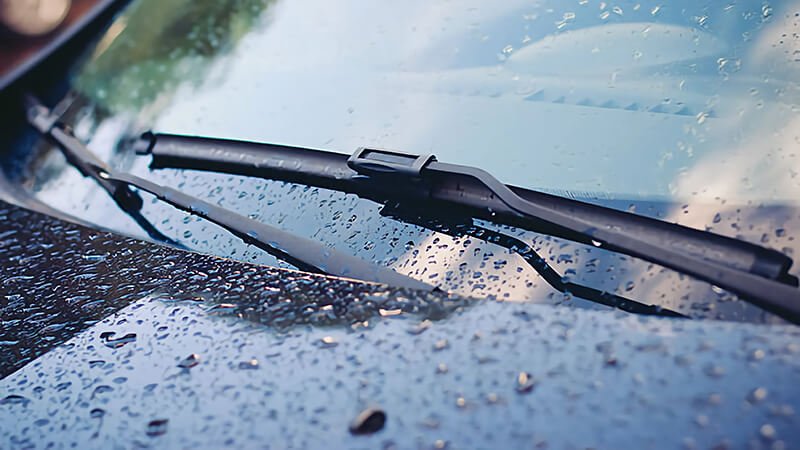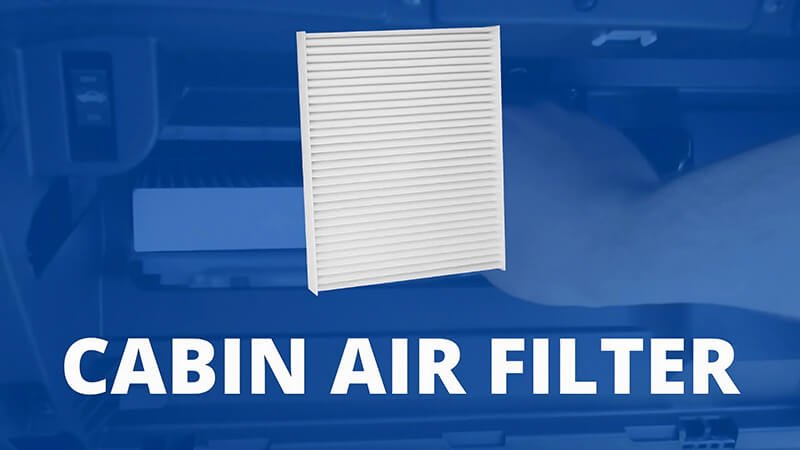When a cheap wiper smears rain across my windscreen, I feel my heart jump. A clear view can save a life, so I dig deeper.
No. Wipers differ in blade design, rubber mix, frame strength, and connector type. These parts turn a simple strip of rubber into a safety device—or a liability.
My clients once thought any wiper would do. Returned stock and angry calls proved the opposite. Let me show you why.
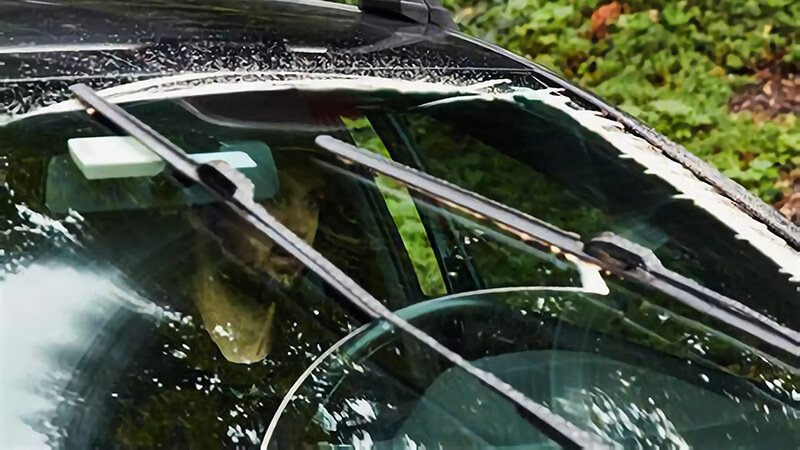
Is there really a difference in wiper blades?
I still remember a fleet buyer who ordered 5,000 “budget” blades. Within weeks the drivers wrote pages of complaints.
Yes, the gap is huge. Frame blades, beam blades, and hybrid blades handle pressure, weather, and noise in very different ways.
Dive Deeper: How blade style changes performance
Blade Construction
Traditional frame blades use seven to nine pressure points. This creates high spots and low spots. Beam blades rely on one piece of memory steel1 that flexes to the screen curve. The result is silent wiping and fewer streaks. Hybrid blades add a plastic shell around a metal frame. They bridge cost and performance.
| Blade Style | Pressure Points | Typical Lifespan* | Noise Profile | Ideal Environment |
|---|---|---|---|---|
| Frame | 7–9 | 6–8 months | High | Mild climates |
| Beam | Continuous | 10–14 months | Very Low | Snow & high wind |
| Hybrid | 5–6 + shell | 8–10 months | Low | Mixed conditions |
*Based on 30,000 km per year, Runex Auto road tests.
Material Science
Rubber grade decides everything. I use natural rubber2 with a graphite coat. It stays soft at –20 °C and resists ozone at 40 °C summer heat. Cheap blades crack in one season. A small saving becomes a lost view on the motorway.
Aerodynamics
At 120 km/h air lifts the blade tip. A built-in spoiler pushes it down. Without it, the blade chatters, skips, and scratches glass. That fleet buyer learned fast—after a storm, half his vans needed new windscreens.

Is every windshield wiper the same?
Many wholesalers still lump wipers together as commodity parts. Their returns desk says otherwise.
No. Even blades that look alike can differ in rubber mix, frame tolerance, connector fit, and UV treatment.
Dive Deeper: Hidden factors that separate “same looking” blades
Manufacturing Tolerances
A 0.2 mm variance in rubber edge angle changes wipe quality. We hold ±0.05 mm. It costs more. It cuts failure by 30 %.
| Parameter | Budget Blade Spec | Runex Spec | Impact on Performance |
|---|---|---|---|
| Rubber Edge Angle3 | 15° ± 2° | 15° ± 0.5° | Streak risk |
| Frame Pivot Play | 0.6 mm | 0.2 mm | Noise on return wipe |
| Rubber Shore Hardness | 70 A | 60 A | Winter flexibility |
UV and Ozone Resistance
Sun cracks rubber. We add UV blockers4 and a graphite layer. An eight-month shelf life doubles to sixteen. That means fewer dead blades sitting in your warehouse.
Salt and Chemical Exposure
Road salt eats metal clips. We zinc-coat frame parts5 to 1000-hour salt-spray standard (ISO 9227). Most budget blades hit white rust at 120 hours. That rust flakes off and scratches glass.

Does it matter what windshield wiper I use?
Some drivers swap blades once a year and think they are safe. A storm proves them wrong.
Yes, the right blade keeps vision clear, lowers noise, and saves money on returns and accidents.
Dive Deeper: Total cost of ownership vs sticker price
Field Failure Data
I track warranty claims for three UK fleets. Cheap blades failed early and spiked costs.
| Metric (per 1000 vehicles) | Budget Brand | Runex Beam | Difference |
|---|---|---|---|
| Blade Replacements per Year6 | 2100 | 900 | –57 % |
| Driver Complaints Logged7 | 300 | 45 | –85 % |
| Accidents Linked to Poor Visibility | 6 | 1 | –83 % |
| Total Cost (parts + labor + downtime) | £18,600 | £12,200 | –34 % |
Noise and Driver Fatigue
A wiper that squeals every swipe distracts. Long haul drivers report higher stress scores with noisy blades. Swapping to quiet beam blades cut the noise by 4 dB and lowered reported fatigue.
Brand Perception
My distributors found customers rate the whole company by small parts. A crisp wipe in a storm translates to trust. That trust converts into upsells for brake pads and filters we also supply.

Can any windshield wiper go on any car?
I once tried to fit a side-lock blade on my old van’s hook arm—five minutes in the rain, fingers numb, still no fit.
No. Each car has a specific arm type8, blade length, and curvature. Using a wrong fit risks weak attachment or loss on the road.
Dive Deeper: Matching blades to vehicles
Connector Matrix
| Arm Type | Common Models | Compatible Runex SKUs | Notes on Fit |
|---|---|---|---|
| Hook 9 mm | Most Japanese & UK sedans | RX-H09-13 to RX-H09-26 | Quick clip |
| Hook 12 mm | Heavy trucks, buses | RX-H12-18 to RX-H12-30 | Wider hook |
| Pin 3/16″ | Older German cars | RX-P04-13 to RX-P04-24 | Align pin hole |
| Bayonet | Volvo, Saab (90s) | RX-BAY-15 to RX-BAY-28 | Push-lock |
| Side Lock | BMW, VW, Audi (new) | RX-SL-17 to RX-SL-28 | Slide tracks |
| Top Lock | Ford Mondeo, Peugeot | RX-TL-18 to RX-TL-30 | Lift-press |
A “universal” adapter covers maybe 70 % of arms. I carry multi-clip kits for small buyers, but big fleets get exact SKUs. This speeds install, stops comebacks.
Curvature and Blade Length
Modern windscreens curve more. Beam blades flex evenly. Frame blades need exact length pairs to avoid overlap. Using the wrong length leaves an un-wiped arc and can cause the blades to collide and break.
Installation Training
We supply 3-step pictograms on each box. A QR code links to a 90-second video. This cuts fitment errors by half. Clear instructions turn first-time buyers into repeat fans.
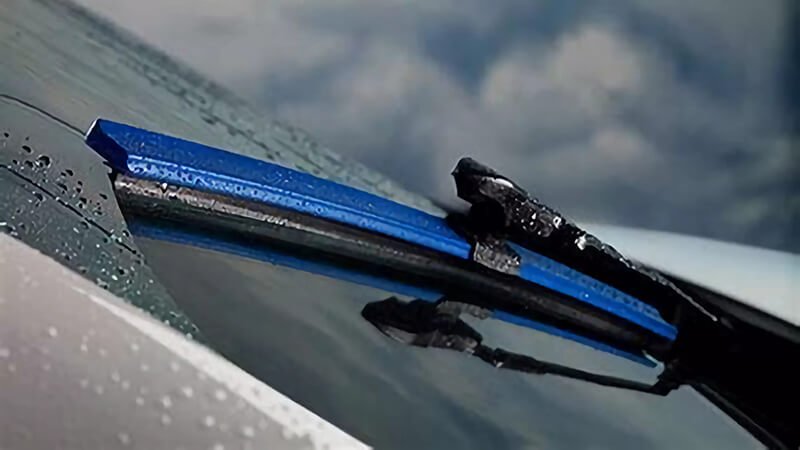
Conclusion
Windshield wipers9 look simple, yet design, rubber quality, and exact fit change everything. Cheap “one-size” blades invite noise, streaks, and returns. High-grade beam or hybrid blades with proper connectors ensure clear sight, driver safety, and lower lifetime cost. I learned this through every returned pallet and every happy reorder. If you handle procurement, choose wisely—your reputation rides on each wipe of the glass.
-
Explore the unique properties of memory steel and its advantages in blade design for better performance and durability. ↩
-
Discover the benefits of natural rubber in wiper blades, including its performance in extreme temperatures and resistance to wear. ↩
-
Understanding the significance of rubber edge angle can help improve wipe quality and reduce streak risks in manufacturing. ↩
-
Exploring the role of UV blockers can provide insights into extending the shelf life of rubber products, reducing waste and costs. ↩
-
Learning about zinc-coating can help manufacturers improve durability and performance of their products against corrosion. ↩
-
Understanding blade replacement rates can help optimize fleet maintenance and reduce costs. ↩
-
Exploring driver complaints can reveal insights into vehicle performance and driver satisfaction, crucial for fleet success. ↩
-
Understanding specific arm types is crucial for selecting the right wiper blades, ensuring safety and performance on the road. ↩
-
Seizing the best Runex OEM wipers, clicking this link to get the best products and price for your business. ↩




